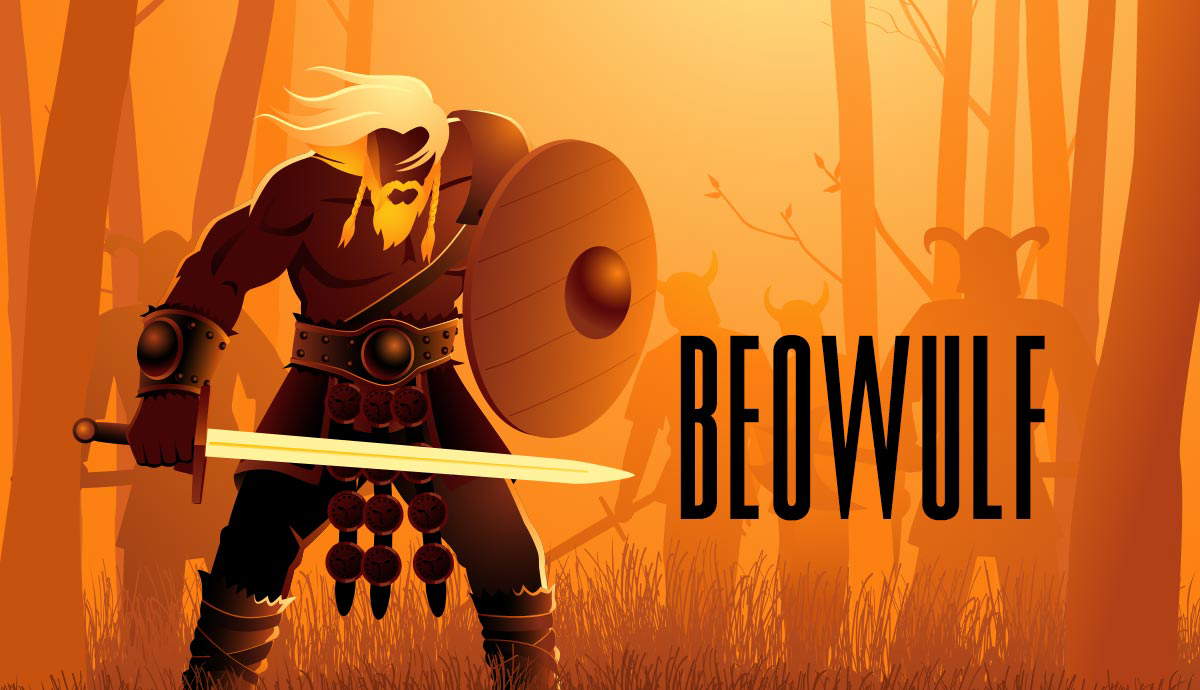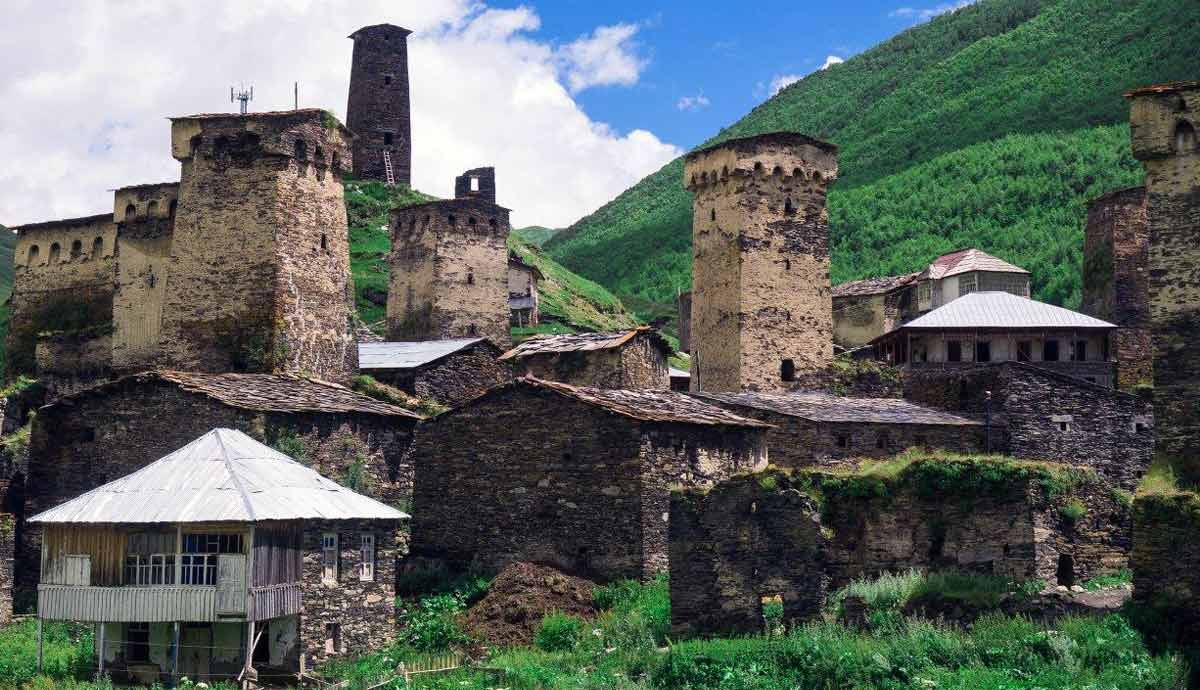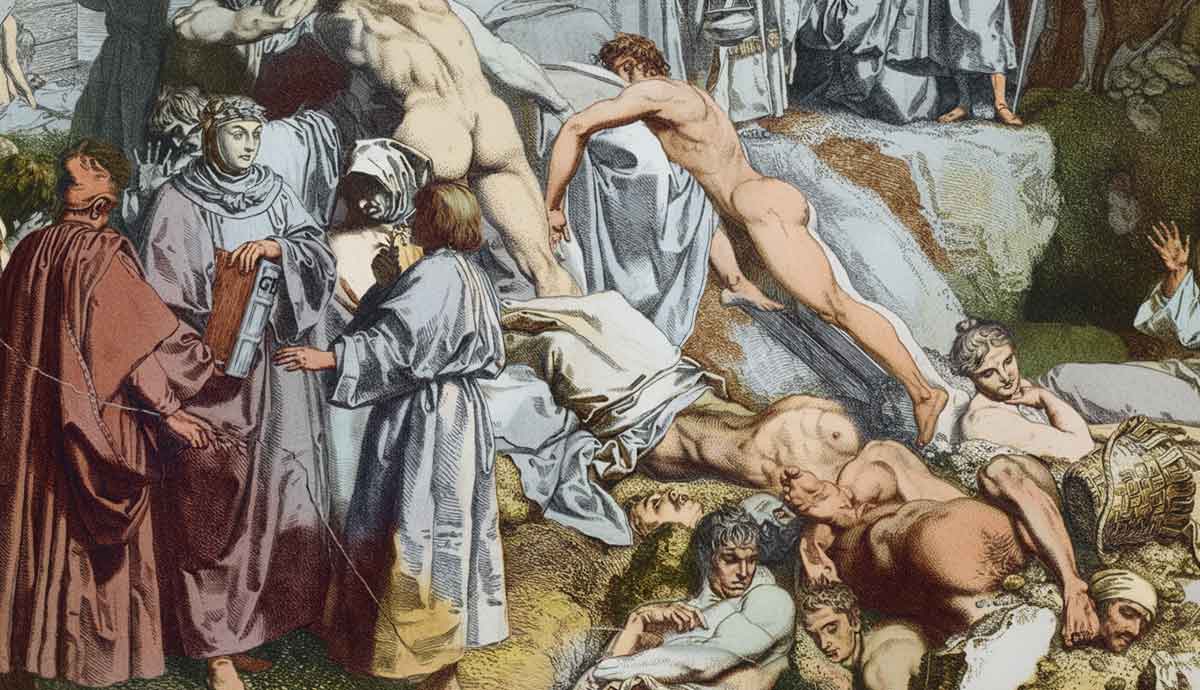
WWW.THECOLLECTOR.COM
Beowulf: Plot Summary, Facts, and Historical Value
Beowulf is the longest and most well-known Old English poem, probably composed between the 8th and 10th centuries CE. However, while Beowulf was composed in Old English, it describes heroes from Germanic tribes living in Scandinavia in the 6th century CE. Why did the English composers decide to produce such a complex work about their overseas neighbors, and how much of the poem preserves verifiable information about the pre-Viking world versus how the Christian English imagined life in the pagan world on the other side of the North Sea?When Was Beowulf Composed?The opening words ofBeowulf, in the Nowell Codex (Cotton MS Vitellius A XV, f. 132r.), c. 11th century. Source: British LibraryThe oldest surviving manuscript of Beowulf, known as the Nowell Codex, dates between 975 and 1025 CE. It is part of Cotton MS Vitellius A XV, which is considered one of the four major Old English poetic manuscripts. The manuscript also contains The Life of Saint Christopher, Wonders of the East,Letter of Alexander to Aristotle, and Judith. However, it is best known for its association with Beowulf and is sometimes referred to as the Beowulf Manuscript. Nevertheless, it is presumed that the poem itself was composed earlier and transmitted orally before it was finally recorded.The story is set in Scandinavia during the pre-Viking era of the 6th century CE, providing this version of the poem with a terminus post quem. But determining when the poem was composed is important, because while the poem describes a thoroughly pagan world, England was undergoing swift Christianization in the 6th and 7th centuries. Therefore, the composition date can help us better understand the origins of the descriptions of paganism in the poem.If the poem is old, with a long oral tradition, the pagan elements described in the story may recall first-hand knowledge and experience preserved over the centuries. A later composition date, for example in the 10th century, suggests that pagan elements were added to create atmosphere and may have been based on assumptions about heathen neighbors.Reconstructed rider motif from the Sutton Hoo Helmet and a Danish stamp from Tsinge showing a similar motif. Source: National Museum of DenmarkScholarly opinion is currently divided. Some scholars favor a composition date in the 7th century, during which time there were strong cultural and economic ties between East Anglia and Scandinavia. This connection is evident in the archaeological record, for example, the Sutton Hoo ship burial, an Anglo-Saxon ship burial with clear Norse influences. It has long been suggested that the famous Sutton Hoo Helmet could have been imported from Scandinavia. Moreover, a newly discovered metal stamp found in Denmark shows a warrior on horseback that matches a motif on the Sutton Hoo Helmet, potentially confirming Danish origins. New DNA studies also suggest a significant Scandinavian presence in East Anglia between 500 and 800 CE.Other scholars suggest that the poem could not have been composed until the start of the 11th century, when Norse influence in England had become more pronounced following Viking raids, the arrival of the Great Heathen Army, and the reigns of Viking kings of England, including Swein Forkbeard and Cnut the Great. This is supported by clear Christian references in the text, for example, Grendel is described as a descendant of Cain, one of the sons of Adam and Eve.Beowulf: Plot SummaryReconstruction of the Sutton Hoo Helmet. Source: Smart HistoryThe poem is named for the eponymous hero Beowulf, who is described as coming from the Germanic Geats tribe that had settled in the Gotland region of southern Sweden. However, the story starts by introducing King Hrothgar of Denmark, who built a mighty mead hall called Heorot to celebrate his prosperous reign. The noise from his hall angers a monster living in nearby swamplands, called Grendel, who proceeds to attack Hrothgars kingdom every night for 12 years.Beowulf hears about Hrothgars situation and is inspired to take up the challenge. He sails to Denmark with a small group of warriors determined to slay the monster. While he is welcomed, and a great feast is held in his honor, one of the Danes, called Unnfert, taunts Beowulf, suggesting that he is not worthy of his reputation. Beowulf responds by telling stories of his great exploits.Illustration of Grenel, by J.R. Skelton, 1908. Source: Wikimedia CommonsThat night, Grendel appears as expected, and Beowulf fights him bare-handed. He rips off the monsters arm, and the mortally wounded Grendel returns to his swamp to die.While the community is celebrating the fall of Grendel, his mother, a swamp hag, descends on the hall to get revenge. On the night she arrives, she murders Aeschere, one of Hrothgars most trusted advisors. This time, a company of warriors travels to the swamp, where Beowulf dives into the water and fights with Grendels mother, killing her with a sword forged for a giant. He also finds Grendels corpse and decapitates it, bringing his head back to the hall as evidence of his victory.As a result of these great victories, Beowulfs fame spreads. When he returns to his homeland, he recounts the stories to his king and queen. Beowulf gives his king most of the treasure he had been given by Hrothgar, and the king rewards him richly in return.Bees, Serpents, and Dragons in a Bestiary, Harley 3244, fols. 58v59, c. 1236-75, Source: The Getty BlogSoon after, both the king of the Geats and his son die. Beowulf is made the new king. He rules wisely for 50 years, but as an old man, a thief disturbs a burial barrow where a dragon is hiding a hoard of treasure. The enraged dragon starts attacking the Geats. Even though Beowulf feels his imminent death, he goes to fight the dragon, and with the help of his friend Wiglaf, kills the beast. But the dragon also bites his neck, and its venom kills him moments after the encounter. His body is burned and buried in a barrow.Beowulfs Historical SettingMap of Germanic tribe migrations between 400-600 CE. Source: University of CambridgeWhile the debate over when Beowulf was composed remains open, there is evidence that the epic tale was set in the historical world of 6th-century Scandinavia.First, many of the clans and people mentioned in Beowulf also appear independently in Norse sources. To take just one example, Healfdene is named as the father of Hrothgar and as the previous king of the Scyldings in Beowulf. He also appears in Old Norse sources as a king of the same people and as a son or brother of Frodi, a Viking who appears in many historical sources. Healfdene appears in two 12th-century Danish works, the Chronicon Lethrense and Saxo Grammaticus Gesta Danorum. He also appears in later Icelandic works, including the Ynglinga saga, the Saga of Hrolf Kraki, and the Skjoldunga saga, which recounts the story of the historical clan he is said to have led.Certain historical events referenced also appear to be genuine. In Beowulf, there is a battle on the ice of Lake Vanern. It begins with the death of the Swedish king Ohthere, often regarded as the first historical king of Sweden, when his brother Onela attempted to seize his throne. Ohtheres sons flee to the Geats, currently ruled by Beowulfs brother Heardred. When Onela attacks the Geats, Headred is killed, so in vengeance, Beowulf decides to help one of the sons, Eadgils, retake the Swedish throne. This results in a battle between Eadgils and the Geats against Onela on the ice of the lake. This event also appears in the same Norse sagas, which describe a conflict between Onela, also known as Ali, and Eadgils, also known as Adils. The raid by King Hygelac into Frisia is also mentioned by Gregory of Tours in his History of the Franks, confirming it as another historical event.Ragnark, color lithograph on paper by Louis Moe, 1898, in Alfred Jacobsen, Danmarks Historie i Billeder VII. Ragnark, Source: GetArchiveThis suggests that whoever composed the poem had a good grasp of the legendary history of Scandinavia. They also seem to have been familiar with Norse mythology, as Beowulfs battle with the dragon clearly mirrors the story of Thors final fight with the serpent monster Jormungandr at Ragnark. According to the prophecy, at the end of days, the god Thor will kill Jormungandr, but will die within seconds of his victory due to the amount of venom the serpent spits onto his body.Beowulf is then laid to rest according to Viking pagan tradition, with his body cremated and his remains placed in a burial mound.Is Beowulf a Useful Historical Source?Reconstructed Viking Age longhouse at the Trelleborg Museum. Source: National Museum of Denmark, CopenhagenDue to the clear Christian references in the surviving text of Beowulf, scholars have suggested that we be cautious when using Beowulf as a historical source for the Norse world of the 6th century. However, there is also evidence that the composers of Beowulf had some knowledge of the pre-Viking world of that time.In a recent publication, Beowulf and the North Before the Vikings, historian Tom Shippey cites archaeological evidence to support certain aspects of Norse life depicted in Beowulf. He cites a passage about taking away the mead-benches from many tribes. This suggests that as part of their territorial conquests within the Norse realm, the Scyldings destroyed the long halls of other tribes as a way of destroying their power centers. This kind of activity is now being supported by archaeologists at the University of Uppsala. They have found evidence of mead halls that have been deliberately smashed and vandalized but not plundered, suggesting ritual over violence.This suggests that Beowulf may contain interesting insights about the early Viking world, but like all our written sources for the Viking Age, written by Christian observers, everything must be evaluated with care to unpick genuine memory preserved through centuries of oral tradition from the projections of Christian authors who had already been living in a very different world for centuries.
0 Commenti
0 condivisioni
5 Views










